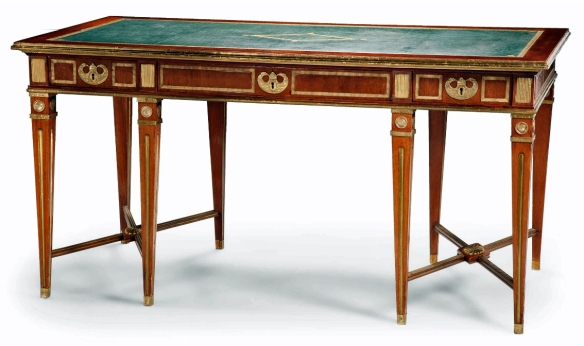Whether driven by personal enjoyment or pure financial
return, HNWIs continue to be drawn to art as an investment.
While HNWIs cited Jewelry, Gems, and Watches as their
preferred Investment of Passion (IoP) with a 31.6% allocation
among their IoP holdings, Art remains one of the most
dynamic IoP markets, having experienced significant growth
in recent years, especially in the emerging markets
. Now in a rebound following the financial crisis, art
is increasingly becoming a meaningful element of HNWI
portfolios, comprising 16.9% of IoP allocations, making it
the third largest popular category. Not only can a wellchosen
piece of art act as a hedge against inflation, it has
the potential to outperform over the long-term, along with a
low correlation with traditional asset classes.
Driven by auction house sales, the art market is lively
compared to other categories that are characterized more
by inheritance and private sales. Many auction houses
report that art far exceeds sales of other IoP categories.
Growth in art sales is being driven largely by wealth growth
of HNWIs in emerging markets.
Buyers purchasing art for
the first time make up around 20% of contemporary art
sales, with many of these new buyers coming from
emerging markets such as U.A.E., Mexico, China, and
Brazil, according to Lisa Dennison, Chairman, Sotheby’s
North and South America.
Led by the continued recovery, the global art market is
beginning to approach the peak levels of 2007. Buoyant in
the initial years after the crisis, the recovery lost some of its
momentum in 2012 due to a major contraction in the Chinese
art market, as China experienced slower economic growth.
Investigations by Chinese authorities on the declared value
of art imports by collectors may also have had an impact.
Other parts of the market grew substantially in 2012,
particularly the Old Masters market, which spiked as art
investors signaled a desire to take advantage of its perceived
reliability. Sales of Old Masters at the leading auction
houses, Christie’s and Sotheby’s, increased by 56.5%.7
Newly created wealth in emerging economies has brought
new participants into the global art market in recent years,
while also spurring the rise of regional art and artists in
Asia-Pacific, Latin America and the Middle East. In a sign of
expanding interest, auction houses are vying for licenses to
hold auctions in emerging markets. Christie’s recently won a
license to operate in China and will be holding auctions in
Shanghai starting this autumn.8 The establishment of new
museums and galleries in the Middle East, Latin America,
Hong Kong, and China is further aiding development of an
international art infrastructure, helping global sales.
A look at art-purchasing behavior across the emerging
markets reveals a rich diversity of interest. Much of the art
growth in China is coming from new HNWIs in the provinces,
with tastes tending towards buying cultural pieces
synonymous with Chinese history. In Brazil, many
international galleries are helping to sustain rapid art market
growth and interest from HNWIs. The U.A.E. has risen
quickly within art circles, thanks largely to infrastructure
support from the royal families, who focus on not only
showcasing global art through fairs and events, but also on
developing the local artist community. HNWIs from one
notable emerging market, India, are at an earlier, more
nascent stage in terms of art buying, with HNWIs not yet
allocating much of their portfolio into art compared to other
emerging markets.
The rise in the global art trade has also helped catalyze the
development of art-focused investment funds and
exchanges, though these vehicles remain a small corner of
the total art market, partly because they remain mostly
outside the purview of traditional regulatory oversight. The
art finance industry is more developed in the U.S. than in
Europe due to the existence of a Uniform Commercial Code
(UCC) lien system, which lets borrowers keep possession of
the art while allowing lenders to place a lien.10 Europe
remains an underdeveloped market for art finance in part
due to a strong cultural stigma against borrowing where art
is used as collateral.
Looking forward, the art market, particularly at the upper end,
is expected to remain strong. Demand far outstrips supply at
the high end, not just because of the rarity of masterpieces,
but also because their owners are often unwilling to sell,
given the difficulty of finding assets with comparable return
characteristics. Sophisticated investors are likely to build
upon a historical preference for “real” assets during times of
economic uncertainty by seeking out exemplary works of art
with high intrinsic value. The Chinese art market, which has
been driving art market growth in recent years, is also likely
to veer toward the high end as the cooling economy restricts
demand to ultra-wealthy purchasers.
Published by Cap Gemini and RBC Wealth Management in “Cap Gemini Wealth Allocation and the Art Market Report, 2013”

